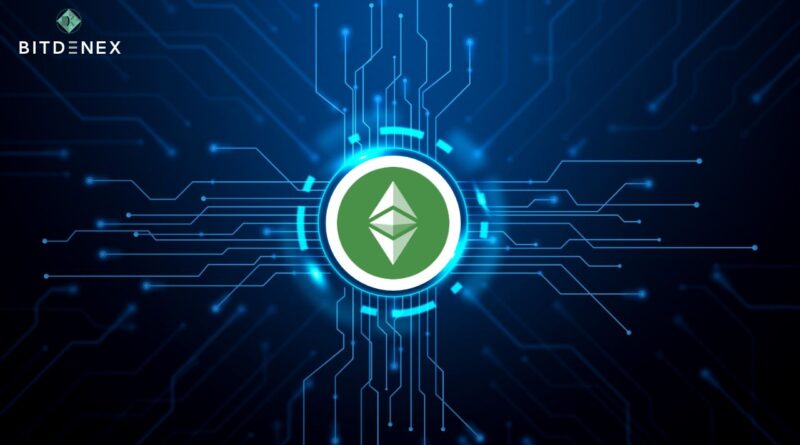Ethereum(ETH) layer 2s will continue to have diverse approaches to scaling — Vitalik Buterin
Vitalik Buterin, Ethereum’s co-founder, suggests analyzing Ethereum’s layer-2 ecosystem and highlighting various scaling approaches.According to co-founder Vitalik Buterin, the Ethereum layer-2 ecosystem will likely continue to evolve with varied technological methods.
On his personal blog, the co-founder of the smart contract blockchain deconstructed the present landscape of Ethereum’s scaling ecosystem, with many layer-2 protocols taking different ways to deliver better scaling capacity, reduced costs, and increased security. As Buterin pointed out, Ethereum Virtual Machine (EVM) rollups pioneered by Arbitrum, Optimism, Scroll, and, more recently, Kakarot and Taiko have significantly increased the security of their individual systems. In the meantime, “sidechain projects” such as Polygon have created their own rollup alternatives. Buterin also cites “almost-EVMs” such as zkSync, extensions such as Arbitrum Stylus, and zero-knowledge proof pioneers Starknet as key participants in advancing scaling technologies for the ecosystem:
“One of the unavoidable consequences of this is that layer 2 projects are becoming more heterogeneous.” For a few crucial reasons, I expect this pattern to continue.” Buterin mentions that certain initiatives that are now operating as standalone layer 1s are trying to integrate with the Ethereum ecosystem and potentially become ecosystem layer 2s.
This type of shift remains problematic since a “all at once” approach would reduce usability because technology is not yet at a position where it can be fully integrated into rollup technology. Meanwhile, deferring such a move risks “sacrificing momentum and being too late to be meaningful.”
Finally, Buterin takes into account non-financial applications such as gaming and social media platforms that seek to be decentralised but do not require high levels of security. Buterin notes that different parts of the app would require separate functionality, citing a social media use case: “Rare and high-value activity like username registration and account recovery should be done on a rollup, but frequent and low-value activity like posts and votes need less security.”
He goes on to say that a chain failure that results in a user’s post deleting is a “acceptable cost,” however a comparable failure that results in the loss of an account is significantly more serious.
The Ethereum co-founder then digs into the trade-offs between various rollup solutions and systems that provide the ecosystem with variable scaling capacities. The “connectedness” to Ethereum is dependent on the security of withdrawing funds from layer 2s and reading data from the Ethereum blockchain. Buterin notes that while high security and tight coupling are important for some applications, others require something looser in exchange for greater scalability: “In many cases, starting with something looser today, and moving to a tighter coupling over the next decade as technology improves, may well be optimal.” The next Ethereum hard fork is intended to incorporate EIP-4844, often known as “proto-dank sharding.”
Buy and sell crypto in minutes with 0.20% trading fees at Bitdenex Exchange.

